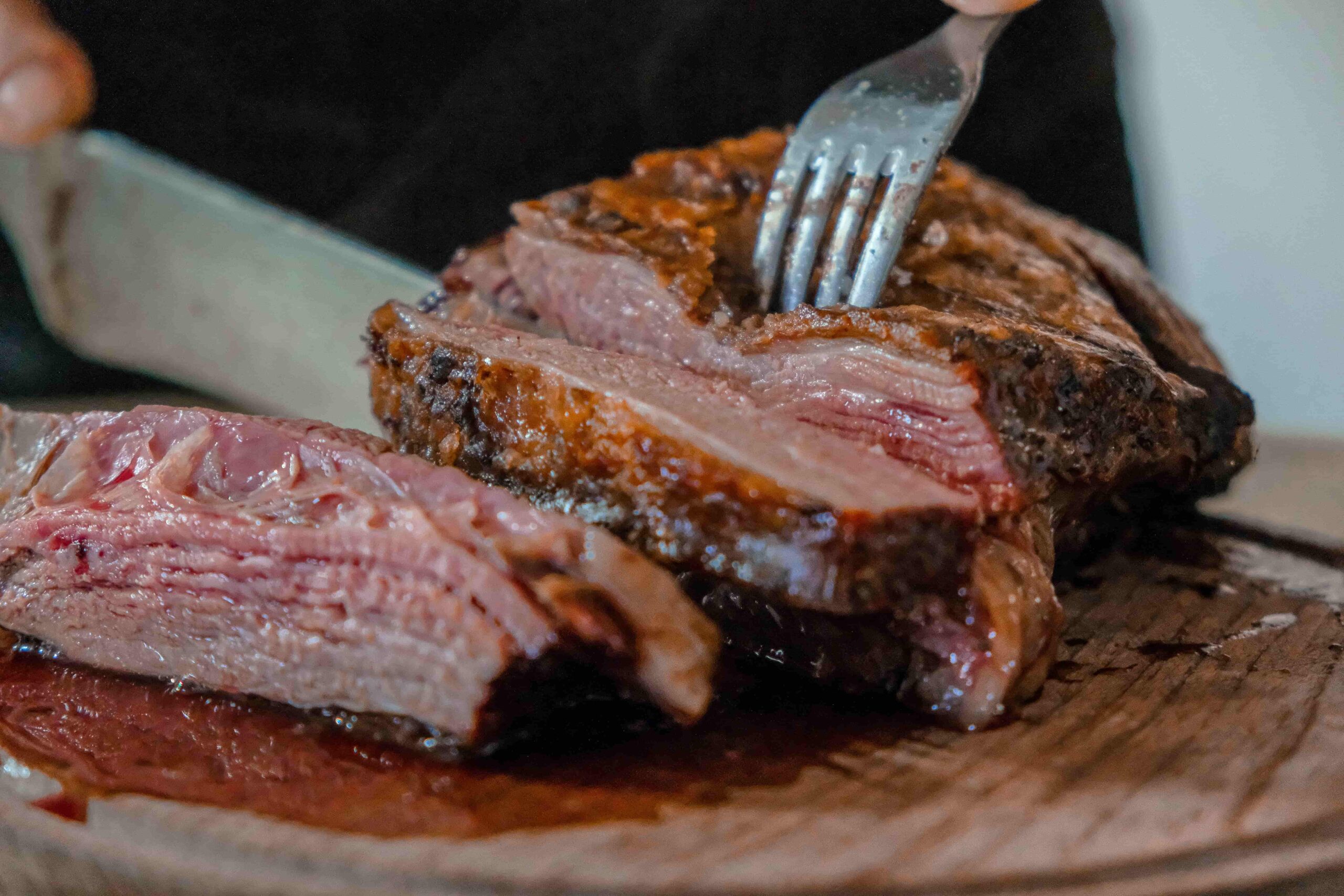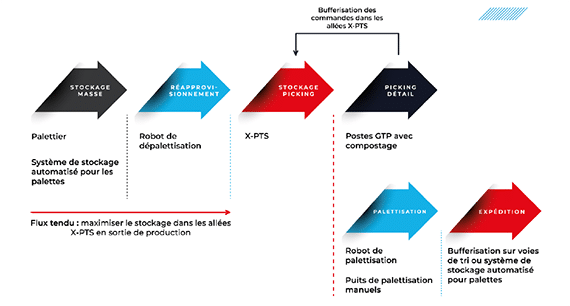Challenges and requirements of the protein market
The activity of agri-food manufacturers, and in particular those that manage meat production (proteins), has been marked for many years by strong growth in retail flows.
This can be explained primarily by the increase in the proportion of directly delivered parcels, whether from drive-through stores or supermarkets and hypermarkets, and by the growth of small point-of-sale formats. Associated with just-in-time flow logic, the growth of retail flows greatly complicates logistics operations in production output.
Despite the relative slow-down in the production volumes, there is a permanent increase in the numbers of parcels sent. This trend is amplified by the continuous expansion of the available products, corresponding to consumers’ demand to always have the widest possible range of choice.
Meat producers must also meet the challenges of traceability, while the numerous palletizing plans required by the great diversity of end customers are all constraints that are difficult to reconcile with performance and increased responsiveness objectives. The preparation of meat trays also has its peculiarities, with the management of variable weights and marking operations (weighing, price labeling, private labels or promotional), the realization of which has a strong impact on productivity at the workstation. System responsiveness and marking station ergonomics are thus a real challenge in the attempt to optimize the cost of these customization operations.
The accumulation of all these requirements, along with the criticality of these stakeholders’ supply chain to feed a country without incurring interruption, especially in periods of health crises and national emergencies, leads many stakeholders to turn to automation solutions, taking the industrialization of their processes to a new level. In an environment of slow growth in domestic consumption and rising raw material costs, cost pressure is a strong incentive for supply chain rationalization and intralogistics optimization projects. Savoye supports several major meat production stakeholders in Europe and North America.



